Effectuation (effectuation.org) is a decision-making framework used by expert entrepreneurs. The early morning workshop of PN Camp Introduces this concept and help participants arrive at stakeholder commitments for their product market fit.
 Vinay Nathan of Altizon talks about application of effectuation in his company and how it made him do more with less. Altizon is a Pune based Industrial IoT company. Altizon was founded in April 2013 by Vinay Nathan, Yogesh Kulkarni and Ranjit Nair and is a venture-backed startup. They recently launched state of the art Industry experience center for their product
Vinay Nathan of Altizon talks about application of effectuation in his company and how it made him do more with less. Altizon is a Pune based Industrial IoT company. Altizon was founded in April 2013 by Vinay Nathan, Yogesh Kulkarni and Ranjit Nair and is a venture-backed startup. They recently launched state of the art Industry experience center for their product
What was the change in your head with effectual Stakeholder Dev?
Put in a lot more structure and rigor and discipline to something we should have been doing anyway. After 2-3 yrs of doing this startup we got insular. This workshop made us go out and resume our conversations with stakeholders. Really made us think about their affordable loss, make our asks into Affordable Asks for them. We were surprised by how much we got.
We’re an Industrial IoT company, and IoT is ecosystem play, so it was a snap-fit for us. We have to go to SI, App devs, chip guys, OS guys, manufacturers, etc.
What stakeholder development did was when we went across stakeholders with an ask here, and an ask there, and you get surprised by what happens. We did many mini pivots based on our asks and what we got from our stakeholders.
Mainly, while this was something at the back of our mind, we weren’t doing it in a structured way before, and we hadn’t heard about effectuation before. It put in a framework to what we were doing before in a patchy way.
How was affordable loss useful as a concept to you?
We now ask every SI to build a demoware component on our platform, this is affordable loss for them, and an affordable ask we make. Once we found out the affordable loss of our partners, we were able to put together an entire Industry 4.0 experience center with loaned equipment and demoware. So from manufacturers we asked for demo equipment, from Sis we asked for demo software that integrates, and works on our platform. This was nowhere in the picture without asking bunch of affordable things from our already existing stakeholders. In fact the Centre now acts as an interop lab for our SI partners to test their solutions.
For example, we have the entire integration equipment and a mini assembly line for smart manufacturing in our lab that Wipro or Microsoft doesn’t have in their center of excellence. We have the only center where an Industry 4.0 lab things actually has live hardware, integration across these equipment, demos from multiple SIs, and our platform in the background. To get this lab In place we would have had to spend $75k at least, instead we got it all with Affordable Asks for on engineering effort and loaned equipment. The use cases knowhow would not be available even on hire. We have now begun investing in this infrastructure to further enhance it.
Another example, we realized for scale, if we go down the solution route, we will use 50% of our dev bandwidth for that but won’t be setting up for scale. For us scale comes if Sis take our platform and sell/implement on it. So even if it’s more painful invest in the ecosystem, as much as we do ourselves. Category leadership meant we need to grow faster, so made building the SI ecosystem critical. The Affordable Ask/Effectuation framework helped us reach out to Sis and get demoware in return. This was not our approach before Stakeholder Development.
What were 2-3 things that you got?
We weren’t reaching out to competitors. Stakeholder development was breaking barriers of who to reach out to. Logical ones anyway you will meet anyway. But stakeholder development made us go all out to meet competitors. This was a huge mind set shift.
Industry 4.0 experience center was not even a dream before this
While getting customers to our experience center, we became aware of another group in the company, got them as customers
When you go with Asks, you might get new Means, but you also get New Goals. How do you take on ‘new goals’ without getting side-tracked?
We started working with an industry major on courseware for Industrial IoT. We were investing in the courseware since it was a marketing effort for us, and affordable loss for us. While we did that, we got to learn about a parallel product group sitting in Germany, who were looking for a platform/OEM play. We took this opportunity and are now in a sales discussion with them, where they will OEM our product. We then got in touch with their consulting arm, and they wanted to know how to use us in their consulting practice, and we’re working with them on this. This happened in 8-10 weeks after we learnt about effectuation.
Right now, even more than the leadership, the entire team kind of works on this, and keeps doing it.
How much would it have cost to setup the experience center you vis-à-vis doing the Affordable Asks? Equipment cost, plus demoware cost (in time/money)
Easily we have availed of engineering efforts worth $75k in the first version of the center. Now this is ongoing activity and we will continue to benefit from the partner driven approach to building the center.
How are the Sis working with you in this model? Is it different from how you’ve worked with Sis in the past?
We would sell evaluation kits and hope they built good demos. We would rarely have access to what they built. Now by utilizing our own demo center they are keen to have it running in our center.
The other option we did with some partners was a joint webinar. But the number of stakeholders were too many and it was time consuming. Now we have more of a hackathon approach.
Can you give us some more examples of where you accepted different goals from stakeholders, in exchange for new means you got?
By interacting with our stakeholders across SI and equipment players we believe there is a space to create a Consortium focused on Industrial IOT for India. We now plan to play a leadership role in creating it.
What were some surprises along the way that made you do mini-pivots? Did you get any Lemons that you made Lemonade from? ☺
We discovered while talking to the SI that there many application ISVs that have built assets on older Historian product lines that would love to move to an IOT stack. This acted as a spur for us to do campaign in that sector. We landed one applications ISV partner through this campaign who is now building an app for the Power sector using our platform. Now this is a customer segment we are actively targeting as it aligns very well with our marketplace model.


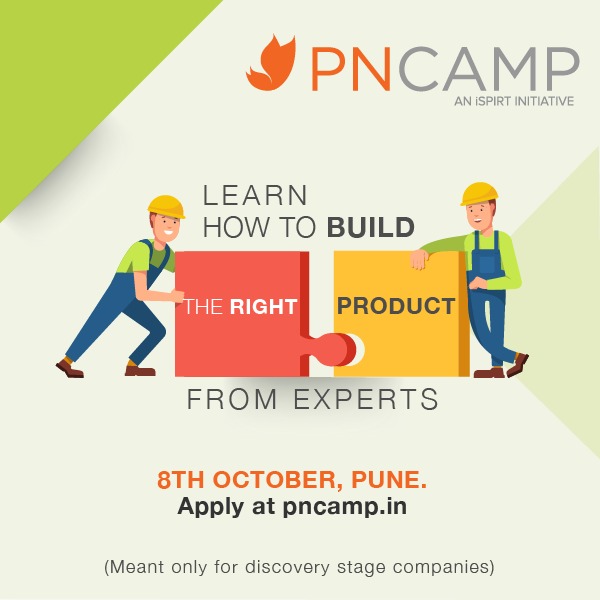 PNCamp in pune is your grand opportunity to get candid feedback on your product and its marketing. If you are a startup with a prototype or product at an early stage with few users/customers but struggling to get further traction, then PNCamp is a great place where you could get an opportunity to showcase your product and seek feedback, inputs and suggestions on specific to your product. At PNCamp, experts will take product teardown sessions on following aspects.
PNCamp in pune is your grand opportunity to get candid feedback on your product and its marketing. If you are a startup with a prototype or product at an early stage with few users/customers but struggling to get further traction, then PNCamp is a great place where you could get an opportunity to showcase your product and seek feedback, inputs and suggestions on specific to your product. At PNCamp, experts will take product teardown sessions on following aspects.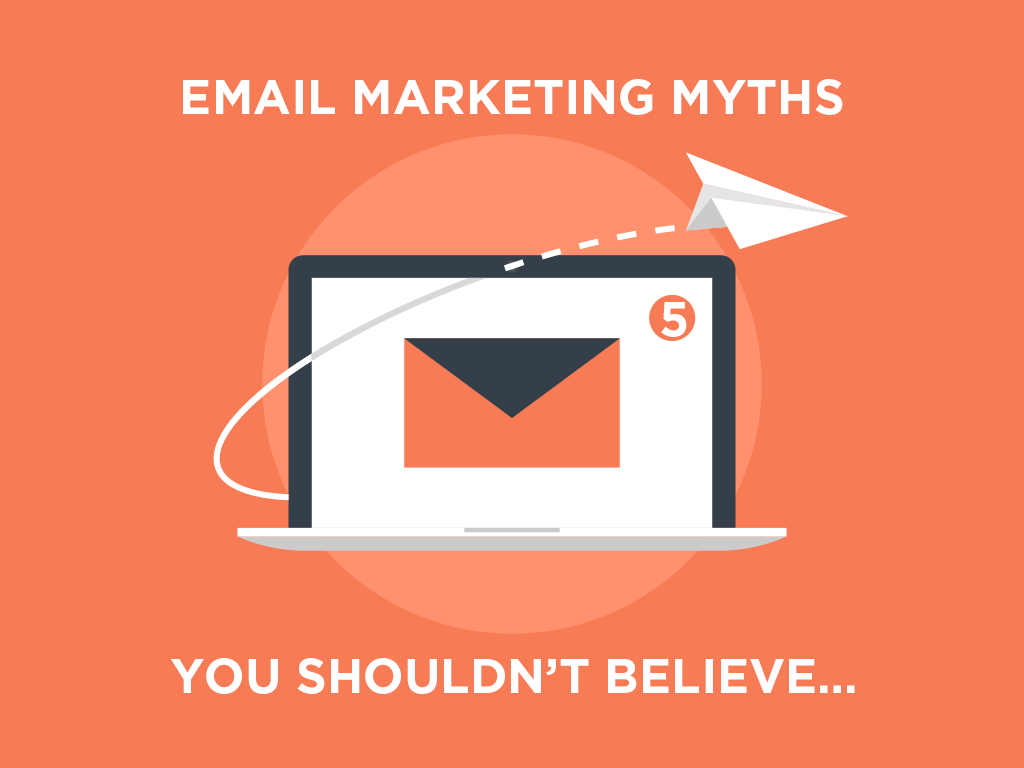
 The other that perhaps will have equal transformational impact is its peer in the world of digital payments, the Unified Payment Interface (UPI). As soon as I had my first experience with UPI, I realized that its impact has barely been appreciated by most, including me.
The other that perhaps will have equal transformational impact is its peer in the world of digital payments, the Unified Payment Interface (UPI). As soon as I had my first experience with UPI, I realized that its impact has barely been appreciated by most, including me.




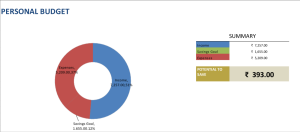


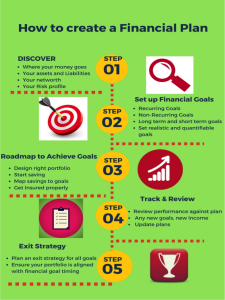



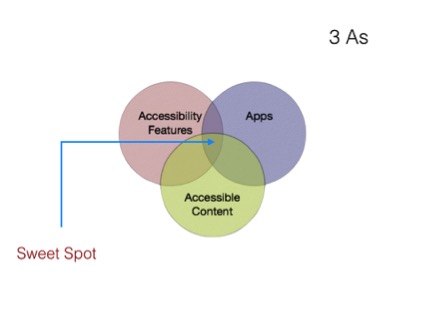 Getting back to the phrases we discussed earlier, let us combine the vertical sections of the app market into 1 and perceive the awesomeness that we get –
Getting back to the phrases we discussed earlier, let us combine the vertical sections of the app market into 1 and perceive the awesomeness that we get –

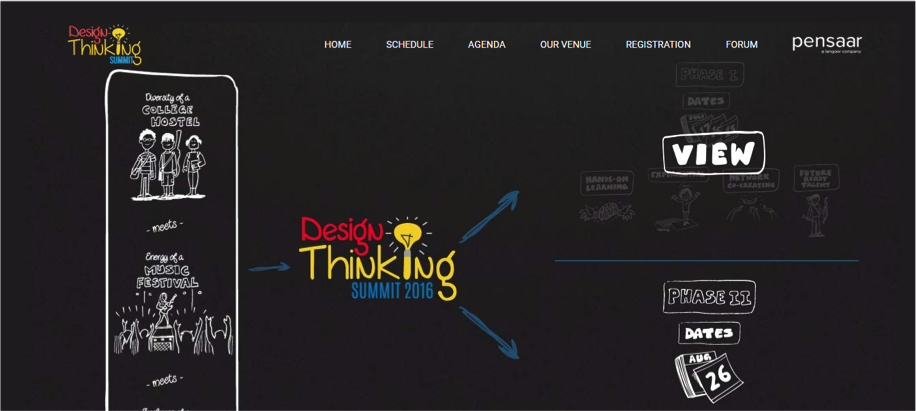 ‘Preparing for glory’- Like the Spartans, Pensaar too is setting stage for the ultimate revolution. The UnConference, Phase-ll of the Design Thinking Summit is gathering traction and building from a 60+ gathering at Phase-l to now include 300+ participants.
‘Preparing for glory’- Like the Spartans, Pensaar too is setting stage for the ultimate revolution. The UnConference, Phase-ll of the Design Thinking Summit is gathering traction and building from a 60+ gathering at Phase-l to now include 300+ participants.